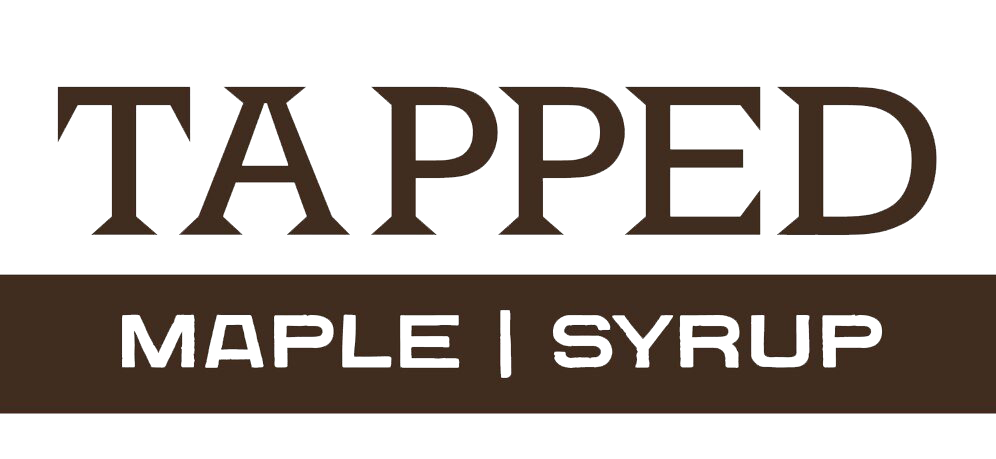Building a Business from a Connection to the Land
When I think of home, I don’t have a picture of a house in my head, I see (and feel) the land on which I grew up and with which I still have a strong connection. This land, originally homeland of the Menominee Nation, is at the edge of the terminal moraine of the Wisconsin glacier. Ten thousand years ago, several thousand feet of ice were piled up here, bulldozing rock to the front of the ice sheet. As the glaciers melted, debris was carried from the base of the glacier into expansive shallow lakes and wetlands. Today, those lakes and wetlands are what we call “The Flats” (home to the state soil Antigo silt-loam) while the pile of rocks carried in by the glacier is what we call “The Hills”. The flats are dominated by agriculture while the hills are primarily forested. Our land sits at this edge, the edge between moraine and outwash, the edge between agriculture and forests, the edge between domesticated and wild. All these distinctions have challenges: the line between outwash and moraine isn’t clear; you can find forests in The Flats and farm fields in The Hills; and even the distinction between domesticated and wild is blurry. Perhaps one of the reasons that I feel so connected to this land is that it’s set in the midst of all this blurriness; it’s on the edge.
My family has been on and cared for this land for over 100 years, my great grandparents settled here following the cutover during which almost all of the mature trees were cut. They worked to establish fields by removing the leftover stumps. Fortunately, they left alone one section of trees lying at the edge of the swamp. This stand of trees became our sugarbush. If I had to pick a specific spot for what I think of as home, the sugarbush, “The Maples” as we call it, is what I’d pick. The Maples are at the core of a lot of aspects of my life, especially my sense of place and our maple syrup business. And, this land is also at the edge of so many things.
The Maples are at the heart of Tapped Maple Syrup. We created the business as a way to generate some revenue to be able to keep the land in our family and as a way to stay directly connected to the land. Wendell Berry said that the only way to keep land from being consumed by industrialization is to keep it producing. Producing maple syrup is a way for us to afford to keep the land from being bought up by the large farms in the area and converted to a field. That’s one of the edges this land is on, the edge between industrial and small-scale agriculture. It sits on other edges as well, like the ones between wild and domestic and between agriculture and forests. Maple syrup is, by definition, an agricultural product made in and from forests, but its production keeps these lands wild, influenced more by ecological processes and wild beings than we humans (no doubt there’s plenty of human influence as well from cutting trees to building trails). One of the reasons we chose maple syrup as our business is that it can be done sustainably forever. As long as we care for the forest, the maples will keep sharing their sap. As long as we keep producing maple syrup, we should be able to keep these lands forested and maintain habitat for diverse wildlife. That will provide the opportunity for future generations to develop a connection to and care for this land as well.
Hopefully it goes beyond that as well.. One of the intentions of our business is to broaden who has a connection to this land. We hope that by understanding the story of the products you love, that you, our customers, will also feel a bit of a connection to this place, that there’s some reciprocity in helping us protect the land by supporting our business. And, through that connection, we work to build some understanding of these edges that the land sits on and to help you understand that the choices we all make have impacts (positive or negative) on the land.
I feel comfortable in and part of this land. It is a powerful connection I have to it. It is part of me, and I am part of it. I have shaped it directly and indirectly. It has profoundly shaped me. Some of this place is physically part of me, and parts of what were me are part of it. In sum, though, I have taken more than I have given, it has nurtured me more than I have nurtured it. My hope is that others in my family and community who follow me are fortunate to develop their own connection to this land, to be similarly nurtured by it.
One of our earlier syrup cooking pans and stoves in The Maples.

